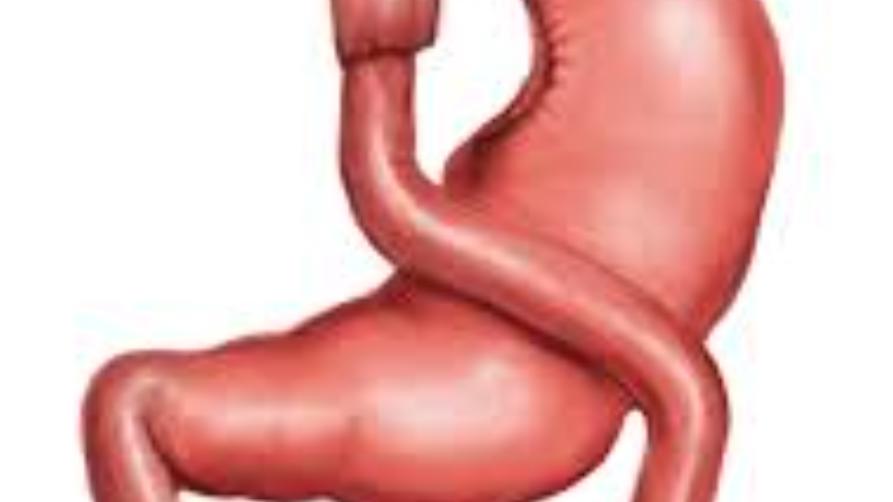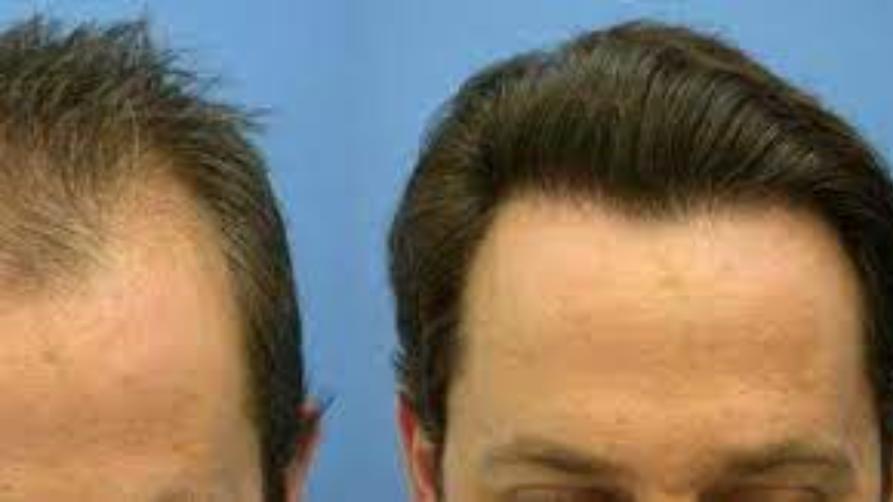As it is known, obesity is a huge problem and there are several ways to deal with this disease. The most preferred of these ways is usually surgical procedures. Based on this, there are many different methods used in bariatric surgery because the treatment in obesity is not applied in the same way for every patient.
The most preferred application method in the surgical dimension of obesity disease is known as Laparoscopic Gastric ByPass surgery. However, this treatment also has certain advantages and disadvantages. Laparoscopic Gastric ByPass surgery You can find all the related answers in this article.
What is Laparoscopic Gastric By-Pass Surgery?
Laparoscopic Gastric ByPass surgery, which is one of the most applied treatments in combined medicine surgeries, is also one of the surgical applications with the most successful results in the treatment of obesity. With Laparoscopic Gastric ByPass surgery, it is first aimed to reduce the volume of the stomach. Thus, the patient will not be able to eat with appetite as before and will lose weight. At the same time, since the small intestine is shortened with the surgery, nutrient absorption will not be fully realized. Since the small intestinal tract is shortened, the nutrients will not be fully absorbed, which will contribute to the patient's weight loss.
During the surgery, the special part at the beginning of the stomach is separated from the rest of the stomach in such a way that it remains between 30 and 50 cc. A part of the small intestine is connected with the part separated from the stomach by by-pass application. The part that separates from the stomach is also called the small stomach. That is, part of the small intestine is connected to the small stomach. When this is the case, patients become full even with very small portions and start to lose weight gradually. Apart from this, when the patient consumes high-calorie foods, the absorption of a significant part of the nutrients is prevented, which provides a great advantage.
Thanks to the Laparoscopic Gastric ByPass surgery, the patients become full quite quickly, unlike normal, and accordingly, they start to lose weight quickly. In other words, with this type of surgical obesity surgery, the patient can lose weight permanently and effectively, which is the main reason why this surgery is so preferred. At the same time, Laparoscopic Gastric By-Pass surgery has the ability to be recycled.
In Which Situations Is Laparoscopic Gastric By-Pass Surgery Used?
Laparoscopic Gastric ByPass surgery, Contrary to popular belief, it is not only used for obesity disease. Of course, the biggest application purpose of the surgery is to solve the morbid obesity disease, but this surgery can be preferred for many diseases other than obesity. At the beginning of these, there are co-morbid diseases that are generally seen together with obesity. For example, diabetes, also known as Type 2 diabetes, is usually found in most obese patients. If patients cannot control diabetes apart from obesity, Laparoscopic Gastric ByPass surgery can be applied for this. Diabetes patients also get positive results with this type of surgery.
How is Laparoscopic Gastric ByPass Surgery Applied?
First of all, patients are informed in detail by the specialist doctor or doctors before the operation. Patients who are deemed suitable for surgery then go through a detailed evaluation process. Contrary to popular belief, this evaluation process is not only physically focused. Due to this surgery, which is quite large, patients are also evaluated by endocrinology and psychiatry specialists. Patients who get positive results from all evaluations have surgery in a short time. The stages of Laparoscopic Gastric ByPass surgery are as follows:
• First of all, Laparoscopic Gastric ByPass surgery is usually performed with laparoscopic methods, but with the development of technology recently, support can be obtained from robotic surgery procedures,
• The operation is performed through 1 or 4 holes with a diameter of approximately 6 cm,
• The process of Laparoscopic Gastric ByPass surgery is actually very similar to the sleeve gastrectomy process. In both types of surgery, the stomach is reduced. In this type of surgery, 95% of the stomach is bypassed,
• A part of the stomach, which is divided into two by surgical methods during the operation, is by-passed and attached to the middle of the 12-finger intestine. The other part is not removed from the body and continues to do its job in the body. In this way, the foods consumed by the patient cannot pass through the 12 finger intestines,
• As a result, with Laparoscopic Gastric ByPass surgery, patients both eat less and lose weight faster. At the same time, since the absorption of the nutrients consumed by the patient cannot be fully realized, the patient will lose weight more quickly and in a balanced way.
Laparoscopic Gastric ByPass surgery Afterwards, patients are followed up for an average of 1 week. During the discharge process, the first nutrition plans are communicated to the patients by the dietitian. The patient is followed closely by a psychiatrist, endocrinologist and dietician for approximately 1 year after the surgery.
Risks of Laparoscopic Gastric ByPass Surgery
• Laparoscopic Gastric ByPass surgery has risks as well as advantages. Like other surgical bariatric surgeries, bleeding and infection may occur in the patient's abdomen after this surgery. Apart from these, some complications such as intestinal obstruction and hernia may also be encountered,
• The biggest risk after Laparoscopic Gastric ByPass surgery is leakage in the connection established between the stomach and the small intestine. In such a case, the patient must undergo a second operation,
• After the surgery, blood clots and cardiac problems can be seen in the feet and lungs of the patient within the scope of the risks brought by this type of surgery,
• Lastly, according to the experience of patients who have undergone Laparoscopic Gastric ByPass surgery, the number of those who have problems such as leakage is quite low. Other complications and side effects are among the less serious conditions.
For Which Patients Is Laparoscopic Gastric ByPass Surgery Suitable?
Although Laparoscopic Gastric ByPass surgery is one of the most preferred surgical obesity methods, it is not suitable for every patient. So much so that obesity surgeries are evaluated according to the body mass index, and at this point, the index value of the patient should be between 35-40. In general, patients of 40 and above are more suitable, but if the patient's value is between 35-40 and additionally has Type 2 diabetes, it is considered suitable for Laparoscopic Gastric ByPass surgery.
Apart from the body mass index, it is tested whether the patient is psychologically suitable for surgery. Laparoscopic Gastric ByPass surgery is a major surgery and its side effects can often be uncomfortable. In addition, this type of surgery has risks such as leakage. For these reasons, it is important that the patient is psychologically at a level to be able to handle the surgery.
When Is Weight Loss After Laparoscopic Gastric ByPass Surgery?
When the patient will start to lose weight is also related to his condition. In general, weight loss starts gradually after Laparospic Gastric Bypass surgery and patients start to lose weight gradually after a few months on average. Patience is required for maximum weight loss after Laparoscopic Gastric ByPass surgery.
Patients usually start to lose weight permanently and effectively after 1 to 1.5 years. The patient's weight loss also begins in this process. In other words, although weight loss is not started immediately, if the dietitian plans are followed, the patient will start to lose weight effectively within an average of 1 year.
Laparoscopic Gastric ByPass Surgery in Turkey
Recently, with the increase of obesity disease in our country, various surgical obesity methods have started to be applied. Laparoscopic Gastric ByPass surgery is the most preferred surgical obesity surgery in our country as well as around the world. Of course, since this surgery is actually quite big and risky, you should choose the most suitable hospital and specialist doctors for yourself. For this, you need to do a good research.
If you want to have Laparoscopic Gastric ByPass surgery in Turkey but cannot find a suitable hospital for you, you can contact our company and get support. Do not doubt that you can easily choose the hospital and doctors where you can have the most suitable Laparoscopic Gastric ByPass surgery with us.












Leave a Comment